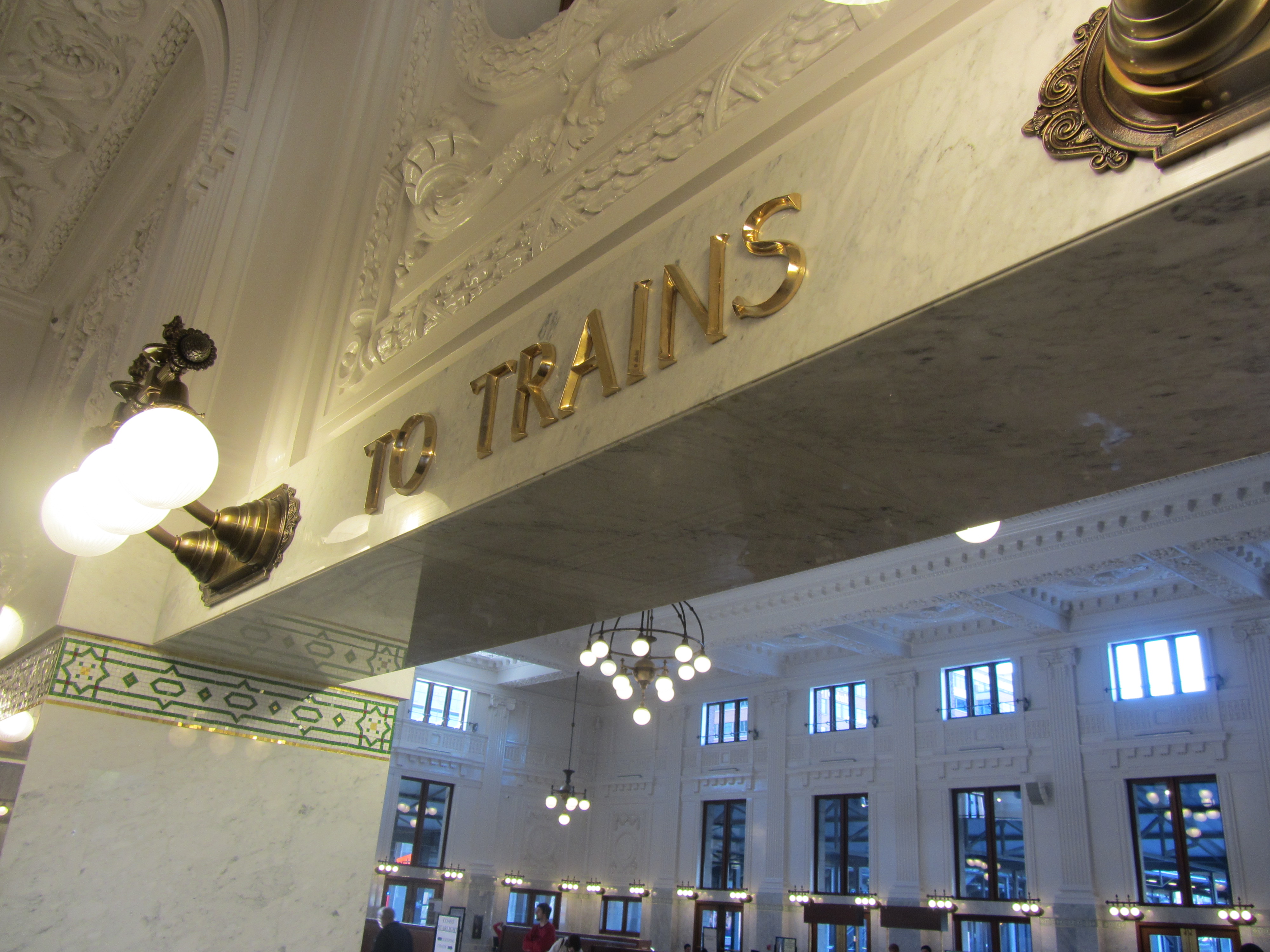August 21, 2020
It's All About Return on Investment
All Aboard Washington's Luis Moscoso shared these introductory remarks with the Legislature's Statewide Transportation Needs Assessment Advisory Panel on Wednesday, August 19.
Last November, transportation secretary Roger Millar revealed a shocking statistic: the nearly 80% of WSDOT’s budget spent on highway expansion projects produced a 1% increase in total road capacity. This is an unacceptable outcome for Washingtonians, and a clear sign that we need to reexamine our priorities. No more status quo; our next normal needs to be obsessed with return on investment.
All Aboard Washington’s primary mission is to promote cost effective mobility improvements that make the most of existing infrastructure, especially rail. As the voice of the taxpaying public, we recognize the seriousness of our state’s impending budget crisis and believe it is important that we have real conversations about how to move forward in a fiscally-responsible, resiliency-oriented manner.
High-Speed Rail Won’t Work Without Cascades
Japan. France. Taiwan. Italy. Regarding transportation, these countries all share one thing in common: they used their conventional rail systems as a bridge to successful high-speed rail. If we want our future high-speed rail system to succeed, we need to make the most of the safer, more environmentally-friendly ground transportation alternative we already have. If Amtrak Cascades is upgraded to the standard envisioned by WSDOT in its 2006 Long Range plan, it could relieve pressure for regional travel from both I-5 and SeaTac airport while building the train-riding culture needed for high-speed rail to become successful. We cannot expect high-speed rail to work without a fully-developed Cascades corridor supporting it. The first step we can take is to restore Cascades service to pre-pandemic levels.
Central & Eastern Washingtonians Want Trains
The recent East-West passenger rail system feasibility study revealed tremendous support for restarting train service through the Yakima and Kittitas Valleys. STEER cited the 76% support rating for East-West trains as, “one of the highest [rates of public support] that we've seen for any sort of community engagement that we've done..." This system, serving the Stampede Pass corridor between Seattle, Yakima, the Tri-Cities, and Spokane, could be completed for roughly the same cost as 6 miles of I-90 lane widening across Snoqualmie Pass. And once the Seattle-Spokane segment is completed, service to Boise could use these same tracks, giving Central and Eastern Washingtonians great connections to the entire Northwest. Combined with existing Cascades and Empire Builder service, Stampede Pass passenger rail would help provide accessible public transit service to the entire state.
Long-Term Impacts from the Pandemic
All Aboard Washington sees changes resulting from the pandemic that will have long-term impacts.
- The cleanest and safest mode of ground transportation we have will face more obstacles despite new research showing that it doesn’t act as a vector for viral spread. We have to fight harder for an equitable, cleaner, and safer transportation system, and the more conventional systems proposed will neither do what we want them to do nor be as cost-effective.
-
The level of support that consulting group Steer found for train service to Yakima and Spokane is phenomenal; Eastern Washingtonians are asking for a clean, safe form of transportation east of the Cascades. How can we deny green transportation for the entire Evergreen State?
-
The amount of money we’re talking about is not a lot on a per-mile basis, just a fraction of our ferry fleet replacement budget and a few modest highway projects. Entire Cascades and East-West corridor upgrades could give all of Washington a robust passenger rail network for the same price as a few miles of lane widening or the electrification of our ferry fleet.
-
All infrastructure, transportation modes, and projects need to be evaluated in light of its benefits to society as well as its economic costs.
-
We will only create true accessibility when we have a grid of local and intercity services that work together; our ferries, buses, roads, and airports must be well-connected.
-
We cannot expect the high-speed rail network studied in last year’s Ultra High-Speed Ground Transportation Business Case Analysis to materialize, let alone to work, without a fully-developed conventional Cascades corridor supporting it, as every other nation with a successful high-speed rail network knows.
In closing:
It MUST be a near-term goal for us to restore Cascades service to pre-pandemic levels, which saw the service record phenomenal ridership just months ago.
